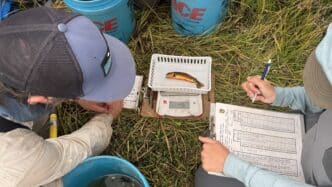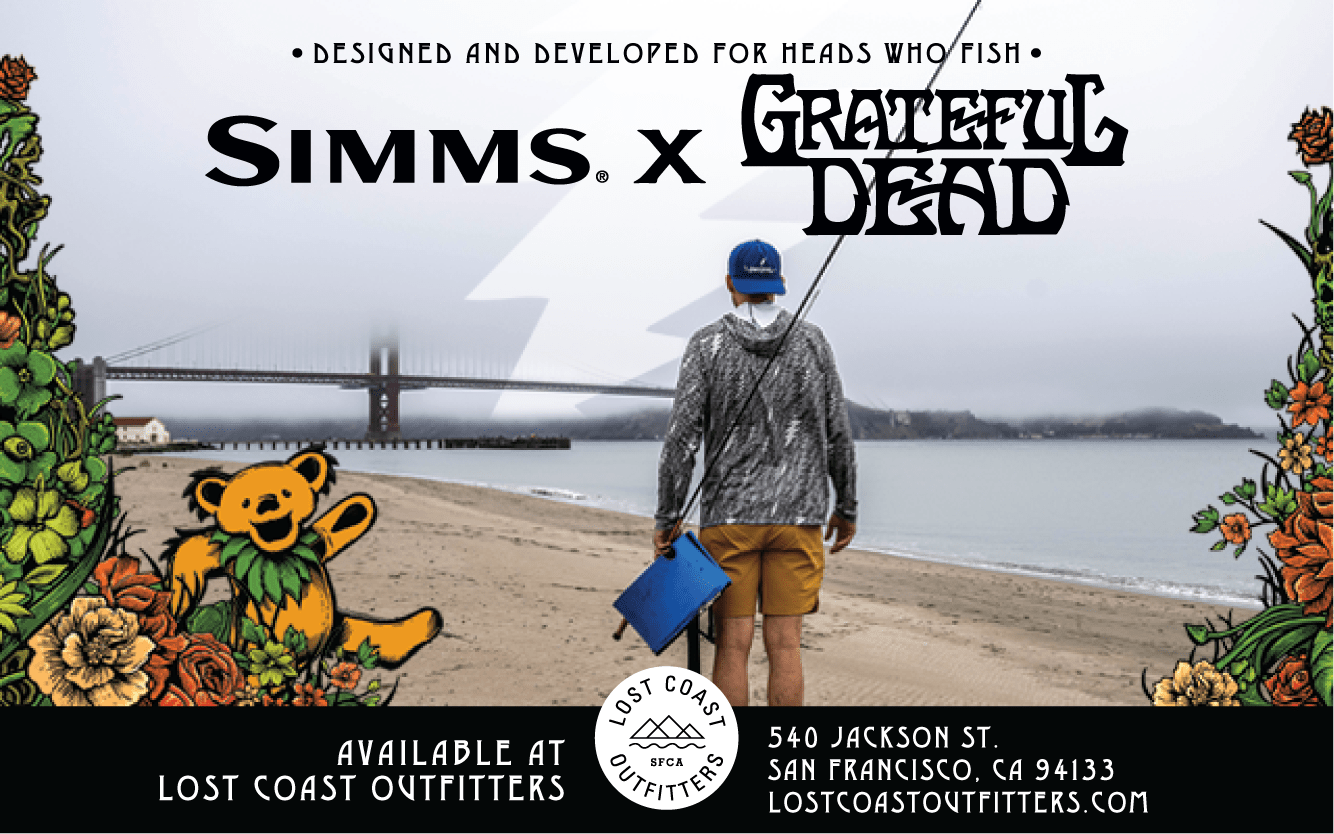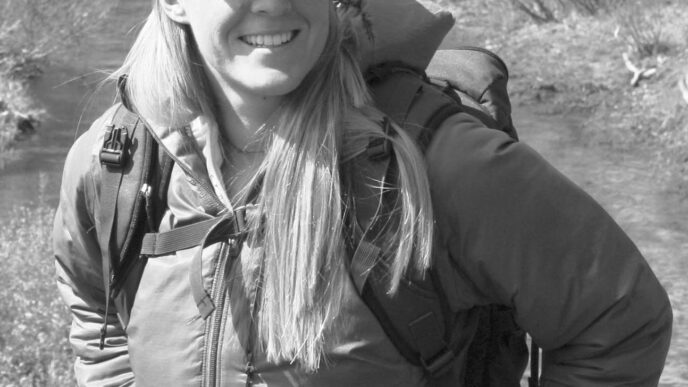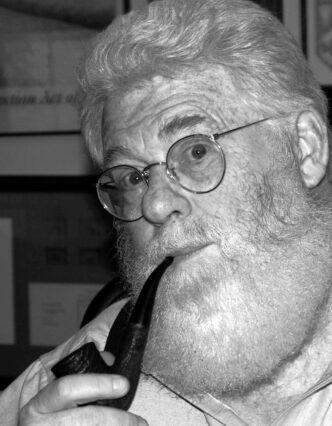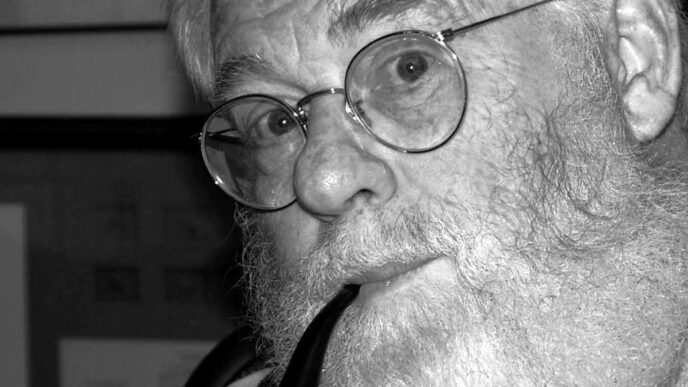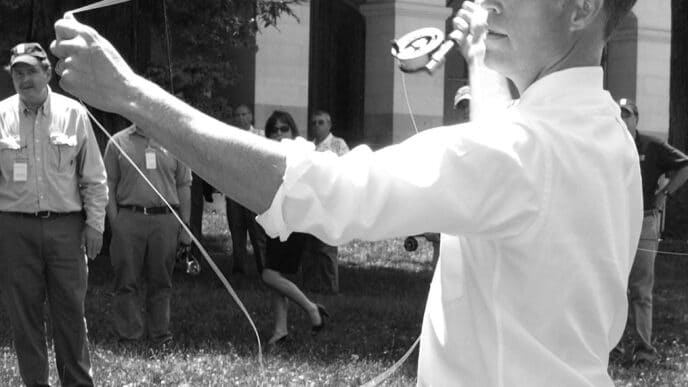In southern California, if we play our cards right, we eat brunch at sea level, drive four hours across increasing elevations of desert landscapes toward the Eastern Sierra, head upwards of 9000 feet, and fire up the Jetboil for an early dinner at Cottonwood Pass Trailhead. Simple. Even after doing it multiple times, we still chuckle at how easy it is. We’ll adjust to the elevation with a mediocre night’s sleep and wake early to get on with the trip’s mission. The Golden Trout Wilderness Experience commences.
For the past few years, my husband Bernard Yin and I have been fortunate to volunteer with Trout Unlimited in the field, er, meadows of the Golden Trout Project. This work includes electrofishing surveys of high-elevation headwaters, building beaver dam analogs (BDAs), collecting stream temperature and other data, and generally doing whatever else we can provide the muscle for. The health of the many meadows in the region varies, and their needs are addressed accordingly. A severely degraded meadow might benefit from more BDA construction, while others may need less complex monitoring and maintenance. The value of a fully functioning meadow—to store carbon, slow water flow, and restore the water table—is critically important in a changing climate. (Read more about the Golden Trout Project in the Fall 2025 issue.)
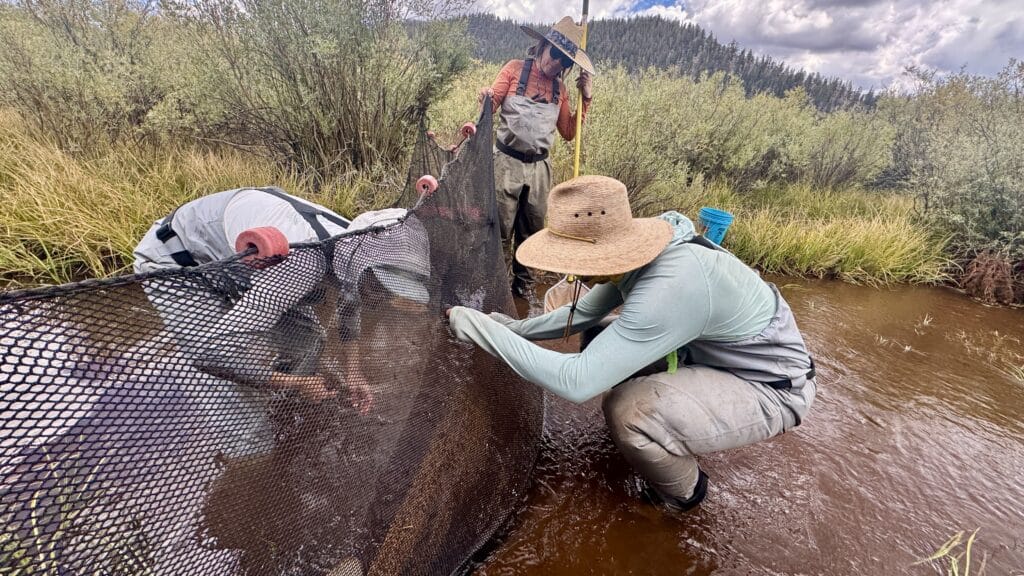


The first week of September, we completed six nights with the TU crew efishing the south fork of the Kern River in Tunnel Meadow. Pristine and picturesque, I tell ya. A model meadow with a cold stream weaving through thick willows for wild, endemic goldens to blissfully reside. To get there, we hiked about seven miles over Trail Pass with our “light” packs to camp where pack mules dropped scientific gear, food, and other tools for our stay. Once we arrived and took inventory, it was decided we’d haul equipment for the next day’s survey to the first reach, naturally, only another 2 miles or so away. The fun never ends! As we retired for the evening, we were assigned to groups of four persons for daily duties consisting of breakfast, lunch, or dinner preparation and water filtering.
If we weren’t already officially part of the team, we were now committed. Let’s do some science!
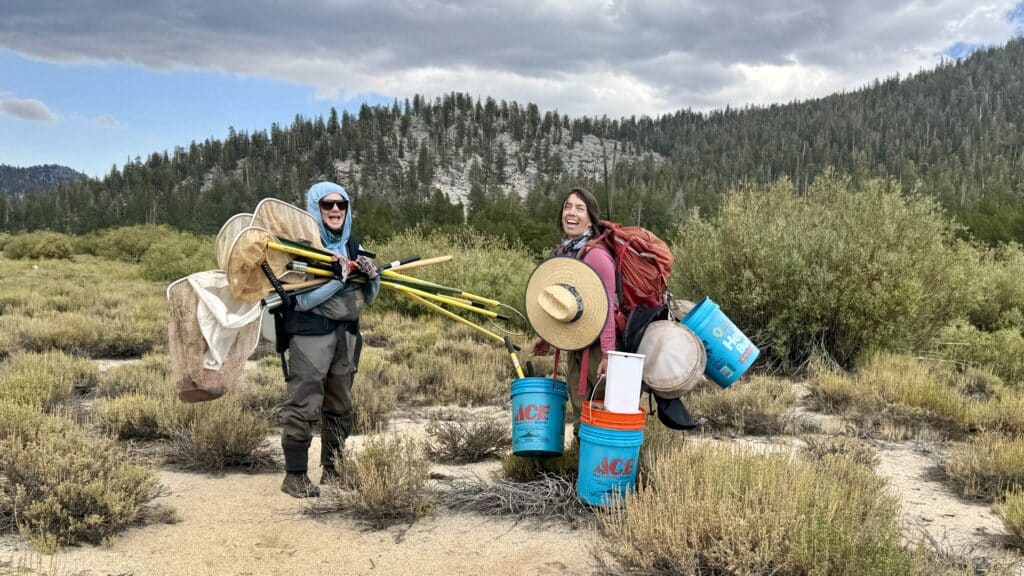
By 8 a.m. each chilly morning, we’d prep breakfasts and lunches, then hit the trail to the first of two reaches we’d be efishing. The reach would be subjected to eDNA testing before we could confirm whether goldens were the only resident fish (ahem, we’re keeping our eyes on you, non-native brown trout). For clarification, a reach is about 100 meters long, measured off and contained with block nets to keep the water flowing while retaining the fish. We would shock the area in 3 or 4 passes, depending on how many fish we retrieved each time. Throughout the day, we played various roles: following the efisher and netting the shocked fish, holding the bucket to deposit the fish, running it to the processing station for measuring and weighing, and recording the data. The fish (only goldens!) were placed in holding pens until the survey was done, then released with minimal trauma into the stretch they were collected from. Afterward, we’d move the equipment to the next reach and start again. It’s fairly straightforward, but these were long, grueling days of hard work, often returning to camp as the sun set for a starlit dinner. Rinse and repeat. It was a grind, but a good one.
Truly, it is good in countless ways. The group of folks in this particular crew came from different backgrounds and experiences, but we were assembled because we care about a unique trout, its specific habitat, and the greater environment. Alec Leonardini coordinated and set us up for success: the entire group was split about 50/50 female and male, and our experts included Dr. Beth Chasnoff and Sabra Purdy, who both guided the effort with their extensive knowledge and know-how. While Bernard and I chose not to bring fly gear, a few team members did, and one day during the brief rest between passes, Beth, Julia, and I wandered upstream to try their best for gold. I spotted a lively pool with rising trout, signaling Beth where to drop her ant… Boom! Her first gorgeous golden on a fly was a shared delight, and doesn’t that encapsulate this project? Being in the wilderness and witnessing the landscape-level restoration that Trout Unlimited, the United States Forest Service, the California Department of Fish and Wildlife, and other partners and volunteers are achieving provides hope and reasons to celebrate when, otherwise, we might not have much to be hopeful about. As citizen scientists, we may be only a drop of water in the system, but as we know all too well, it all counts.



